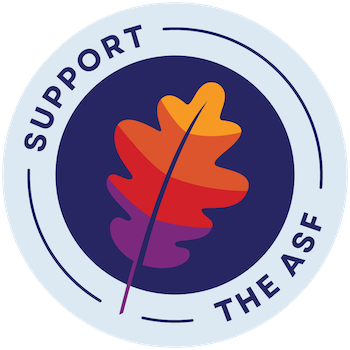Relevant Standards
Available Languages: en |
fr |
ko
This page documents all the relevant standards that the
Apache HTTP Server follows, along with brief descriptions.
In addition to the information listed below, the following resources
should be consulted:
Notice
This document is not yet complete.

See also
Regardless of what modules are compiled and used, Apache as a
basic web server complies with the following IETF recommendations:
- RFC 1945
(Informational)
- The Hypertext Transfer Protocol (HTTP) is an application-level
protocol with the lightness and speed necessary for distributed,
collaborative, hypermedia information systems. This documents
HTTP/1.0.
- RFC 2616
(Standards Track)
- The Hypertext Transfer Protocol (HTTP) is an
application-level protocol for distributed, collaborative,
hypermedia information systems. This documents HTTP/1.1.
- RFC 2396
(Standards Track)
- A Uniform Resource Identifier (URI) is a compact string of
characters for identifying an abstract or physical resource.
- RFC 4346
(Standards Track)
- The TLS protocol provides communications security over the
Internet. It provides encryption, and is designed to prevent
eavesdropping, tampering, and message forgery.

Regarding the Hypertext Markup Language, Apache complies with
the following IETF and W3C recommendations:
- RFC 2854
(Informational)
- This document summarizes the history of HTML development,
and defines the "text/html" MIME type by pointing to the relevant
W3C recommendations.
- HTML 4.01 Specification
(Errata)
- This specification defines the HyperText Markup Language (HTML),
the publishing language of the World Wide Web. This specification
defines HTML 4.01, which is a subversion of HTML 4.
- HTML 3.2 Reference
Specification
- The HyperText Markup Language (HTML) is a simple markup language
used to create hypertext documents that are portable from one
platform to another. HTML documents are SGML documents.
- XHTML 1.1 -
Module-based XHTML
(Errata)
- This Recommendation defines a new XHTML document type
that is based upon the module framework and modules defined in
Modularization of XHTML.
- XHTML 1.0 The
Extensible HyperText Markup Language (Second Edition)
(Errata)
- This specification defines the Second Edition of XHTML 1.0,
a reformulation of HTML 4 as an XML 1.0 application, and three
DTDs corresponding to the ones defined by HTML 4.

Concerning the different methods of authentication, Apache
follows the following IETF recommendations:
- RFC 2617
(Standards Track)
- "HTTP/1.0", includes the specification for a Basic
Access Authentication scheme.

The following links document ISO and other language and country
code information:
- ISO 639-2
- ISO 639 provides two sets of language codes, one as a two-letter
code set (639-1) and another as a three-letter code set (this part
of ISO 639) for the representation of names of languages.
-
ISO 3166-1
- These pages document the country names (official short names
in English) in alphabetical order as given in ISO 3166-1 and the
corresponding ISO 3166-1-alpha-2 code elements.
- BCP 47
(Best Current Practice),
RFC 3066
- This document describes a language tag for use in cases where
it is desired to indicate the language used in an information
object, how to register values for use in this language tag,
and a construct for matching such language tags.
- RFC 3282
(Standards Track)
- This document defines a "Content-language:" header, for use in
cases where one desires to indicate the language of something that
has RFC 822-like headers, like MIME body parts or Web documents,
and an "Accept-Language:" header for use in cases where one wishes
to indicate one's preferences with regard to language.

